
Science is about more than just memorizing equations and using formula sheets. It’s a way of exploring and discovering things about the world around us. It can be learned by anyone, anywhere – and it can teach you a lot about style.
Over the next few months, I’m going to be explaining how science can apply to your wardrobe and showing you the places in which fashion and science intersect. (It’s more places than you think!)
Today, I’ll explain the golden ratio, also known as phi, and how it can revolutionize the way you put outfits together. Ready for a quick science lesson?
Table of Contents
Abstract:
The golden ratio, also known as phi, is a constant easily described by this rectangle:
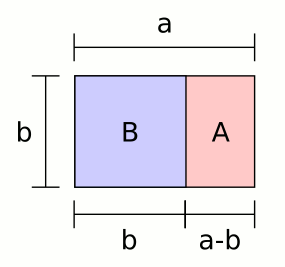
Basically, the ratio between the smaller length (a-b) and the larger length (b) is equal to the ratio between the larger length (b) and the sum between both lengths (a). You can also create a golden rectangle of golden rectangles,
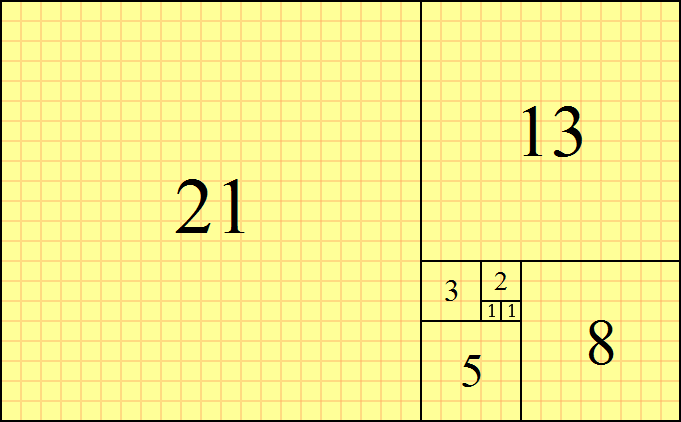
and a golden spiral (which is the previous shape, but in which each square contains a quarter circle of the same size).

This proportion, approximately equal to 1:1.618, seems arbitrary (especially because it is irrational, so it cannot be described by a fraction of any two whole numbers), but it can be found in art, architecture, and nature: such famed creations as the Parthenon, The Great Wave, and the growth of leaves and petals on plants can be deconstructed into golden figures.
With phi being so commonly found in aesthetically pleasing designs of both the human and natural world, it’s not surprising that it can also be used to describe ratios that are useful in fashion.
For example, the ratio between the length of your hand and the length of your forearm approximates phi. If you want to measure, try it – I’ll wait.
Leonardo Da Vinci was also a huge nerd about the golden proportion, so he based several of his works, including the Mona Lisa and the Vitruvian Man, on golden rectangles.
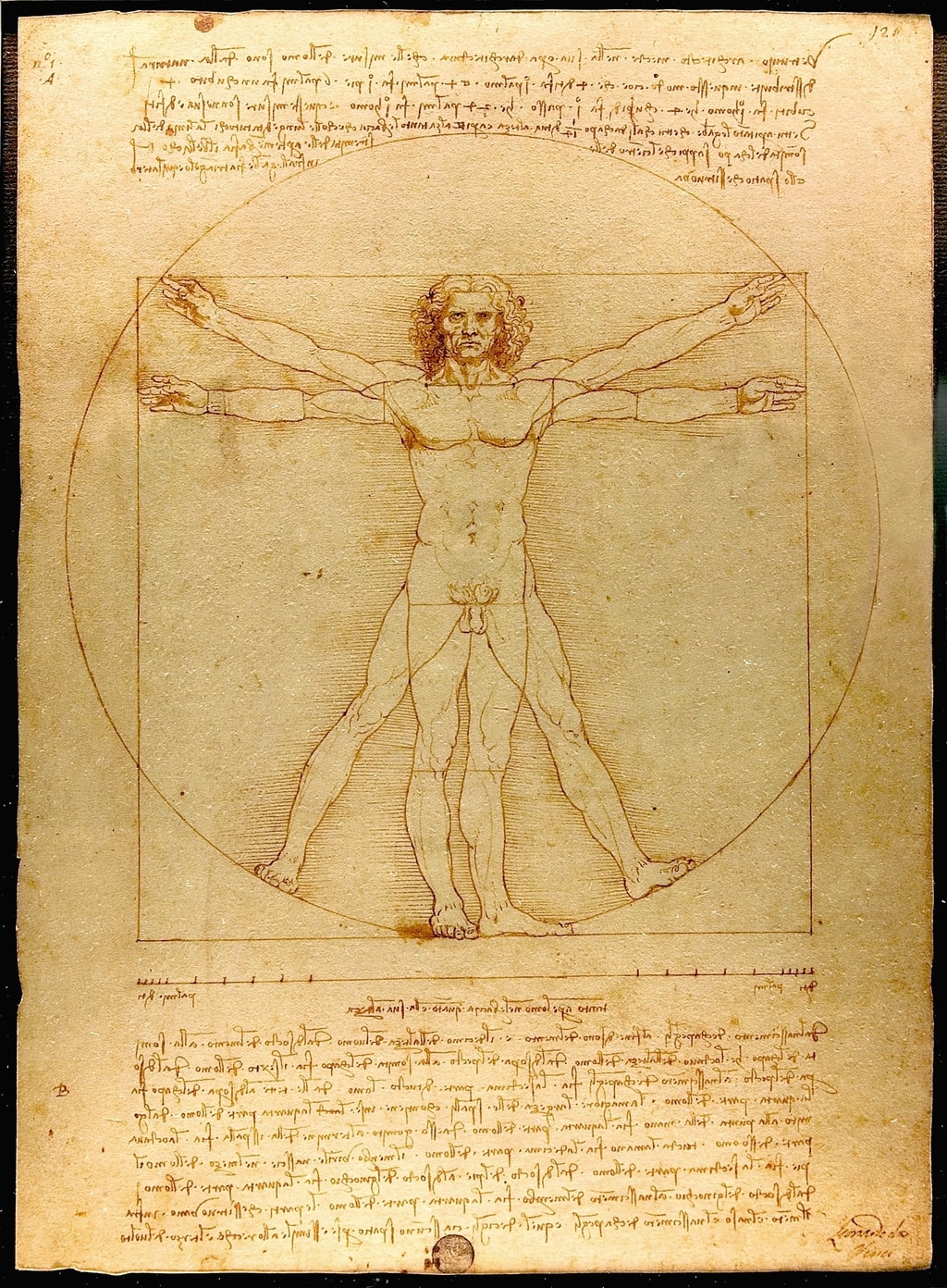
The golden ratio appears in the Vitruvian Man, above. While the exact center of the body is where the legs meet the torso, the golden section of the body lands precisely on the navel. Using the golden mean of his height for this purpose makes him perfectly proportioned.
Methods:
When trying to identify the most proportionally pleasing styles, consider the golden ratio – between one piece of clothing and another, or between one piece of clothing and your height.
While 1:1.618 is the exact figure, a good rule of thumb is to consider things that are in approximately a 2:3 (equaling 1:1.5) or a 3:5 (which is about 1:1.7) scale.
To demonstrate this process, here are two examples:
Figure 1: Jeans and a Tee
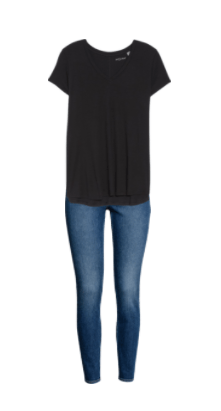
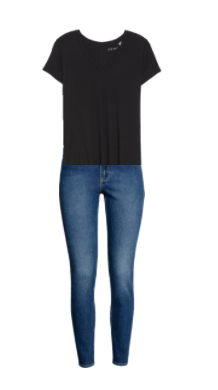
Just by shortening the top, this basic outfit looks immediately more balanced and proportional on the body.
This is no coincidence – on the left, the shirt and pants are in an approximately 1:1 ratio – the same length. On the right, the ratio in lengths from the shirt to the pants is much closer to 1:1.6 – the pants are longer, but not twice as long, as the shirt.
Figure 2: A Sweater Dress with Leggings
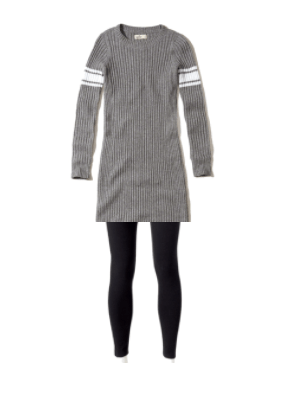
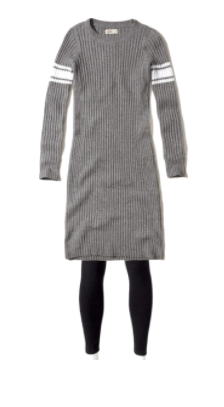
By changing the proportions of this outfit, it looks sleeker and more cohesive. Why? On the left, there is a 1:2 ratio between the length of the leggings, and the length of the dress. On the right, there is a much closer to 1:1.6 ratio between these two lengths. The golden ratio strikes again!
Results:
Do your favorite outfits fit into golden rectangle proportions? Have you found the perfect length for a cropped sweater, or the perfect height for a pair of tall boots? Are there mathematical trends to the way you dress?
Let’s submit this to peer review – tell me what you think in the comments below!

What a fun article!! I’m not sure I’ll ever really use it, but it’s a great reminder to think about proportion in our fashion ?
This is awesome! More content like this please.
This is awesome. More content like this please!